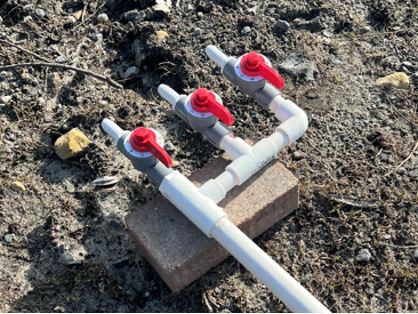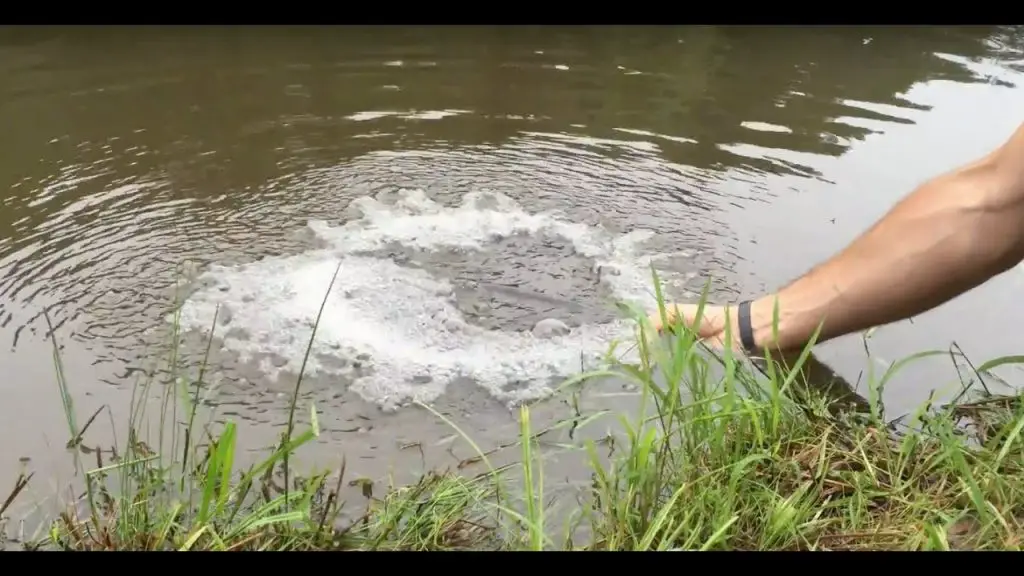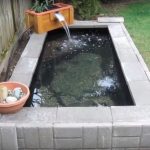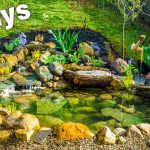Are you a pond owner looking to improve the health of your aquatic ecosystem? Aeration is a crucial aspect of pond maintenance that can help enhance water quality and promote the well-being of fish and plants. In this guide, we will discuss how you can build your own pond aerator to keep your pond in optimal condition.
Why Aeration is Important
Before we delve into the process of building a pond aerator, let’s first understand why aeration is essential for your pond. Aeration helps in maintaining the oxygen levels in the water, which is vital for the survival of fish, plants, and other aquatic organisms. It also aids in circulating the water, preventing stagnant areas and promoting the breakdown of organic matter.

Credit: www.hiblow-usa.com
Materials Needed
Here are the materials you will need to build a simple yet effective pond aerator:
- Submersible pump
- Air stones or diffusers
- Airline tubing
- Power source (electricity or solar)
- Waterproof container or housing for the pump
- Optional: Timer for automated operation
Steps to Build a Pond Aerator
Follow these steps to create your own pond aerator:
- Choose a Suitable Location: Select a spot in your pond where you want to place the aerator. Ideally, it should be in a central location to ensure proper water circulation.
- Prepare the Pump: Place the submersible pump inside the waterproof container. Make sure the pump is fully submerged in water to avoid overheating.
- Connect the Airline Tubing: Attach one end of the airline tubing to the outlet of the pump. The other end will be connected to the air stones or diffusers placed at the bottom of the pond.
- Install the Air Stones: Position the air stones or diffusers at the desired locations on the pond floor. These will release air bubbles into the water, promoting oxygenation.
- Power Up the System: Connect the pump to a power source, either through electricity or a solar panel. Turn on the pump to start the aeration process.
- Optional: Set Up a Timer (if applicable): To automate the operation of the aerator, you can install a timer that controls when the system turns on and off. This can help in conserving energy and maintaining a consistent aeration schedule.
Maintenance Tips
Once your pond aerator is up and running, here are some maintenance tips to ensure its optimal performance:
- Regularly check the pump and tubing for any clogs or damage.
- Clean the air stones or diffusers periodically to remove any debris or mineral buildup.
- Monitor the oxygen levels in the water and adjust the aeration as needed.
- During winter, consider using a de-icer to prevent the pond from freezing over.
- Keep the area around the aerator clear of debris to allow for proper air circulation.

Credit: www.youtube.com
Benefits of Aeration
By implementing a pond aerator, you can enjoy a range of benefits for your aquatic environment:
- Improved water quality by reducing algae growth and foul odors.
- Enhanced habitat for fish and other aquatic life.
- Promotion of nutrient cycling and decomposition of organic matter.
- Prevention of fish kills due to low oxygen levels.
- Overall healthier and more balanced pond ecosystem.
Conclusion
Building a pond aerator is a simple yet effective way to enhance the health and vitality of your pond. By following the steps outlined in this guide and maintaining your aerator regularly, you can create a thriving aquatic ecosystem that brings joy and beauty to your outdoor space.





